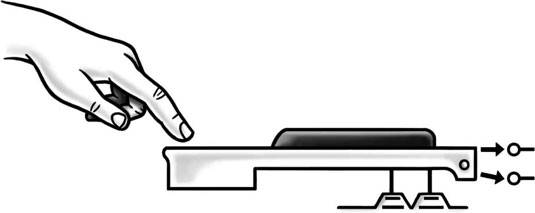Top 7 keyboard features every Musicians should know . Whether you’re a beginner or a seasoned performer, the right keyboard can elevate your music to new heights. But with so many models on the market, it’s easy to get lost in specs and jargon. To help you make a smarter choice, we’ve put together the top 7 must-know features of musical keyboards that every musician should understand before buying.
1. Touch Sensitivity (Velocity Sensitivity)
Touch sensitivity allows a keyboard to respond dynamically to how hard or soft you press the keys. The harder you strike a key, the louder the sound. This is crucial for expressive playing and mimicking the feel of an acoustic piano.
Why it matters:
Helps you play more emotionally, with soft or intense dynamics—perfect for classical, jazz, or pop.

Some keyboards with Touch Sensitivity
Yamaha PSS A-50 , Casio CTK 3500 , Casio CTX 870IN , Casio CTX 8000 , Casio CTX 9000 , Roland EX 20 etc
2. Polyphony
Polyphony refers to the number of notes a keyboard can produce at the same time. Polyphony is like the engine horsepower of your keyboard—it determines how powerfully and smoothly you can perform. Entry-level models may offer 32 or 64-note polyphony, while professional keyboards can reach 128 or more.
If your keyboard has 32-note polyphony, it can play up to 32 notes at once. After reaching the limit, older notes begin to “drop out” or get cut off to make room for new ones.
🔄 Why Do Multiple Notes Play at Once?
You might wonder—”I only have 10 fingers, so why would I need more than 10 notes?”
Here’s why:
- Sustain Pedals: Notes continue to ring even after you’ve lifted your fingers.
- Layered Sounds: Using two or more voices (e.g., piano + strings) at once doubles the note count.
- Accompaniment Styles: Auto chords, bass lines, and rhythms all use extra notes.
- Reverb and Effects: Some digital effects create echo-like tones that use additional polyphony.
📊 Polyphony Levels Explained
| Polyphony | Suitable For | Example Use |
|---|---|---|
| 32-note | Basic practice, beginners | Simple melodies |
| 64-note | Intermediate players | Layering two voices |
| 128-note | Advanced players | Classical pieces, long sustain |
| 256-note | Professional/studio use | Full orchestral arrangements, heavy layering |
Why it matters:
If you’re using layers, sustain pedals, or complex chords, higher polyphony prevents notes from cutting off unexpectedly.
3. Built-in Voices and Sounds
Most digital keyboards come with a range of sounds (also called “voices”), from pianos and organs to synths, drums, and strings. The quality and variety of these voices can greatly impact your creativity.
Why it matters:
Allows you to experiment with different genres and tones without additional gear.
4. Keyboard Action (Weighted, Semi-Weighted, Synth-Style)
This refers to how the keys feel when pressed. Weighted keys mimic the resistance of a real piano, while synth-style keys are light and springy.
Why it matters:
Choose based on your goals—weighted for piano practice, synth-action for fast finger work in EDM or pop.
5. Connectivity Options (MIDI, USB, Audio Out)
Modern keyboards often include USB, MIDI, and audio outputs for connecting to computers, recording devices, or DAWs (Digital Audio Workstations).
Why it matters:
Essential for recording, producing, or using your keyboard with music software like Ableton, Logic Pro, or FL Studio.
6. Built-in Rhythms and Accompaniment Styles
Some keyboards come with auto-accompaniment features, allowing you to play along with backing tracks in various genres like jazz, rock, Indian, or Latin.
Why it matters:
Great for solo performers, songwriting, or jamming without a full band.
7. Recording and Playback Function
Many keyboards allow you to record your performance and play it back, which is invaluable for practice, composing, or teaching.
Why it matters:
Track your progress, build songs layer by layer, or analyze your technique with playback.
Final Thoughts
A great keyboard is more than just keys and sounds—it’s your creative partner. Whether you’re shopping for your first instrument or upgrading for gigs and studio work, keeping these 7 features in mind will help you make the right choice.
Want help choosing a model with these features? Check out our reviews and comparisons on HavenMusicals.com for in-depth guides on Yamaha, Casio, Roland, and more!